Table of Contents
Animal Tissues:
Animals have five types of tissues- Epithelial tissue, Muscular Tissue, Connective Tissue, Nervous Tissue, Reproductive Tissue.
Epithelial Tissue:
Epithelial Tissue, also called covering tissue, forms the outer and inner lining of all the body parts- skin, mouth, throat, stomach etc. The cells of this tissue are compactly arranged to form continuous sheets. They are held together by a self-secreted ticky cement substance and are often rest on a delicate, gelatinous basement membrane. The epithelial tissues are of many types according to the form and structure of their constituent cells which may be flattened (squamous epithelium), cubical (cuboidal epithelium), and pillar-like (columnar epithelium). Epithelial tissue performs the following functions-
- It forms the outer layer of skin and protects the underlying cells from injury, drying up, bacteria and chemicals.
- Inside the body, it absorbs water and other nutrients besides protecting the organs. It also eliminates the waste products.
- Some epithelial tissues (glandular epithelial tissues) contain special gland cells which secrete various substances such as ear-wax, milk and digestive juices.
Muscular Tissue:
Muscular Tissue forms a major part of the body. It consists of greatly elongated cells called fibres. The adjacent fibres are held together by means of connective tissue. Some of the muscle-fibres are held together by a specialized membrane called sarcolemma. There are three kinds of muscle tissues- unstriated or unstriped muscle, striated or striped muscle, cardiac muscle.
Unstriated or Unstriped muscle (also called smooth or visceral muscle) consists of long, spindle-shaped fibres, each having a single, oval nucleus in the middle. It is present in the walls of the hollow organs like stomach, intestine, urinary bladder etc. It is also present in the iris of the eye and dermis of the skin. The unstriated muscles contract and relax very slowly.
Striated or Striped Muscle (also called skeletal) consists of long, cylindrical fibres with blunt ends. Each fibre contains many nuclei. It is found to be present in the body wall, limbs, tongue etc. The striated muscles contract rapidly and do not remain in a contracted state for a long time.
Cardiac Muscle consists of short, cylindrical fibres forming a continuous network. The fibres are uninucleate. It is confined to the wall of the heart and has a capacity to contract and relax constantly at a fixed rate.
Muscular tissues are responsible for movements of the various parts of the body during different kinds of work.
Connective Tissue:
Connective Tissue consists of differently-shaped cells scattered in a non-living material called the ground substance or matrix. Matrix is, usually, secreted by the constituent cells of the connective tissue. Connective tissues are distributed throughout the body and their chief functions are to connect, bind and protect different organs of the body. They also store fat, form a supporting framework and transport materials from one place to another in the body. Connective tissues are of different types- connective tissue proper, skeletal tissue and Fluid or Vascular Connective tissue.
The connective tissues proper bind the other tissues together and also form protective membranes around the organs, They are of different kinds-
- Areolar Tissue- found below the skin and fills the space between many body organs.
- Adipose Tissue- found in the deeper parts of the skin, bone marrow and around certain organs.
- White Fibrous Tissue- found in the pericardium of the heart, sclerotic coat and cornea of the eyeball, spinal cord, capsule of the kidney, in the covering of cartilage and bone.
- Reticular Tissue- form the supporting framework of lymph glands, spleen and bone marrow.
Skeletal Tissue is a hardened connective tissue which constitutes the internal skeleton and framework of the body of animals. It provides help in body movements. The skeletal tissues are of two types-
- Cartilage (also called gristle)- Exists as Hyaline cartilage (covers the joint surfaces and rib ends, also present in the nose and in the tracheal rings) and Elastic cartilage (present in the external ears of mammals and in certain joints).
- Bones- Occurs in vertebrates and give the necessary support to the body, provide leverage for rapid contraction and relaxation of the muscles.
Fluid or Vascular Connective tissue has matrix in the liquid form. It is concerned with the movement of materials in the body. It is of two kinds- blood and lymph.
Blood is a living and circulating connective tissue which is concerned with the transport of various substances within the body and also provides its defensive mechanisms. It consists of a non-living fluid matrix called plasma containing three types of living cells suspended in it. These three types of living cells or corpuscles are red blood corpuscles (RBC), white blood corpuscles (WBC) and blood platelets. Red blood corpuscles contain an iron containing pigment called haemoglobin and mainly serve to carry oxygen from lungs to different tissues. White blood corpuscles carry various substances, kill the invading microbes and destroy the dead tissues. Blood platelets (also called spindle cells) aid in clotting of blood in the injured part of the body.
Lymph consists of a fluid matrix, called plasma and white corpuscles. It helps in the transfer of materials from the blood to the cells and vice versa.
Nervous Tissue:
This tissue forms the nervous system and consists of nerve cells called neurons. The neurons lie end to end in chains and thus transmit impulses through the body.
Reproductive Tissue:
Reproductive tissue consists of specialized cells called germ cells. The germ cells are few in number in comparison with somatic (body) tissue cells and are restricted only to the gonads. They multiply and ultimately form sperms (male gametes) in males and ova (female gametes) in females.
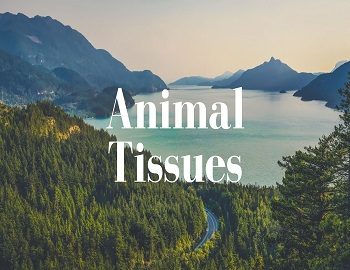


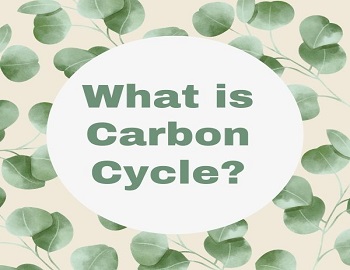

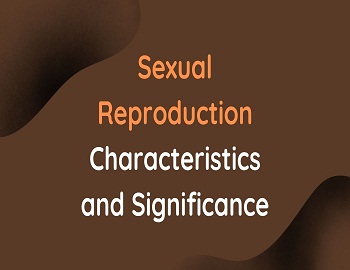
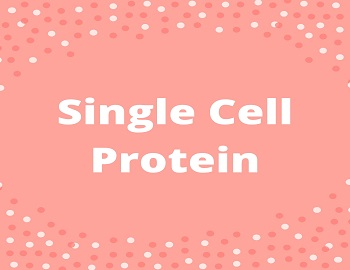
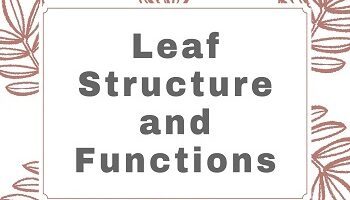

Comments (No)